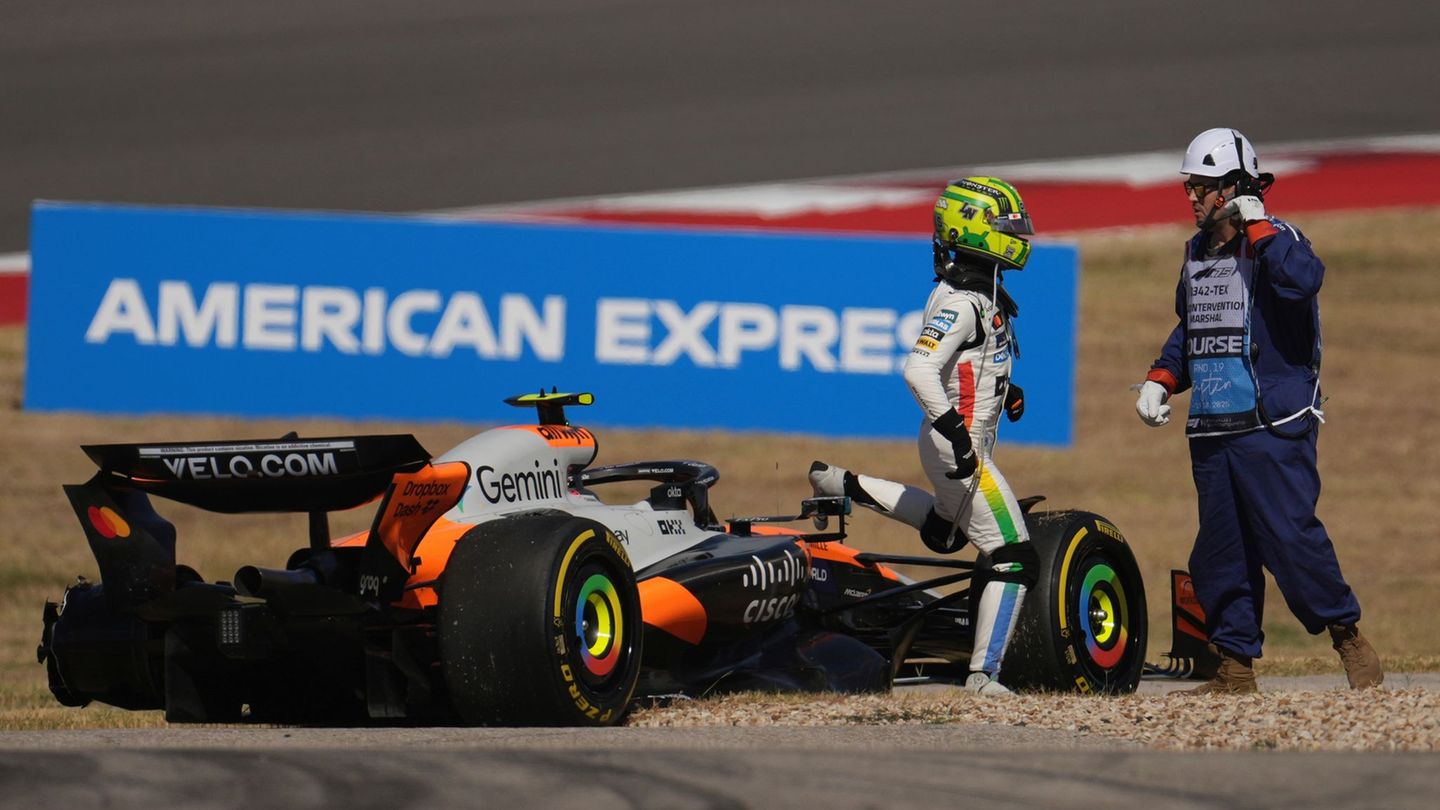Although they are adorned with English terminology, Latin phrases and reputed format, many academic essays are not necessarily scientific because they do not allow us to understand concrete reality.
On the other hand, different terms are often used to mean the same phenomena and, taking into account that the word is the analytical unit of thought, in some cases these are not minor differences or preciousness.
Trying to make the name of the concept emerge from the concrete process of reality, Is the proposal for monetary transformation that Javier Milei currently reveals is bimonetarism, currency competition or depesifying dollarization?
What is bimonetarism?
In recent years, the term “bimonetarism” has become popular to describe a characteristic of the Argentine economy as a consequence of the accumulation pattern that was established since 1976 and that, with oscillations and relative independence of the economic policies implemented, has remained until today. .
The concept of bimonetarism is usually referred to as the use of an additional type of money different from the national one for, at least, some of its functions. In summary, in addition to circulating and being a reference between exporting and importing capitals, the dollar also began to do so among small savers for, at least, some functions: to have some coverage for devaluations (reserve of value) and for purchases -sale of properties (unit of account and means of payment) and rentals.
The convertibility that governed between 1991 and 2001 gave the feeling that bimonetarism was sustainable and that even the money used was indifferent. This was perceived until the economic unsustainability of the model and the disputes between fractions of capital led to an abrupt devaluation of national money. This ending radiated, once again, the supremacy of American money over national money.
What does a coin competition entail?
The clues given by different national government officials do not indicate that their objective is to launch a “currency competition” because this concept leads one to think of certain conditions of equality in which any of the currencies that dispute its primacy could emerge as winner
If both currencies did not have the same strength, it would be a process spontaneous of expulsion of the weakest by the so-called “Gresham’s Law”.
The strength of a national money ultimately stems from the national economic structure, productivity and industry compared to those of other latitudes. Unlike the period 2003-2015, there are currently no more or less optimal policies for strengthening national money. Everything on the contrary.
What is depesifying dollarization called?
The industrial economic policy implemented by Milei will be transferred to national money, manifesting itself in a higher exchange rate or, in other words, a more devalued peso.
Inflation and recession are induced, real wages deteriorate and interest rates are set below inflation.
In the electoral campaign, Milei maintained regarding fixed deadlines: “Never in pesos, ever. The peso is the currency issued by the Argentine politician, therefore, it cannot be worth even excrement”, encouraging the run against the peso. Regarding the dollar rate, she stated: “The higher it is, the easier it is to dollarize.”
If strict dollarization – the original plan – could not be applied initially, which implies that the dollar is the only legal tender, what process would be underway? Taking into account that Milei’s proposal is not to implement bimonetarism because this implies a more or less static “coexistence of currencies”; It is not a “currency competition” but rather promoting the extension of the use of the dollar and the deterioration of the peso; Then, it would be a “de-pesifying dollarization” or “dollarization process”, whose logical end is strict dollarization.
In this medium, both the consequences and the winners and losers of dollarization have already been exposed.
Finally, it is necessary to insist that the exit from dollarization is difficult, among other reasons, because a new rearrangement of relative prices to end up benefiting the popular sectors would imply an unfavorable inflationary process in the first stage. Furthermore, society would have to be convinced of the convenience of de-dollarization that would entail, among other measures, a pesification of dollar deposits.
UBA-UNDAV Economist. @Pablo_Ferrari77
Source: Ambito
David William is a talented author who has made a name for himself in the world of writing. He is a professional author who writes on a wide range of topics, from general interest to opinion news. David is currently working as a writer at 24 hours worlds where he brings his unique perspective and in-depth research to his articles, making them both informative and engaging.




